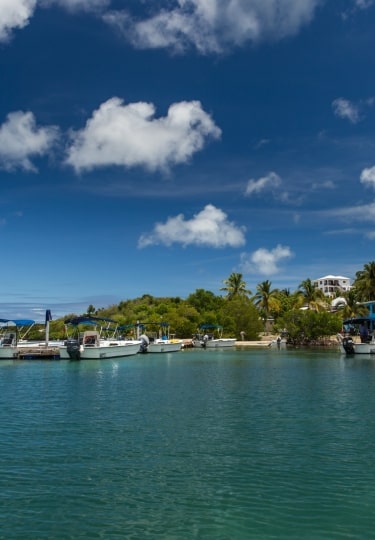The best time to visit Antigua is winter through spring. From mid-December through April, Antigua has pleasant temperatures and relatively little rainfall. May and June are also good months to visit Antigua, even though temperatures rise slightly and rainfall increases.
Because of Antigua’s tropical climate, the island experiences a dry season that runs from December through April and a wetter season from May through November. Antigua’s average temperature varies by about five degrees from winter lows to summer highs. The sunny climate offers ample opportunity to enjoy Antigua’s many beaches, a hallmark of the island.
Visiting Antigua By Season
Summer
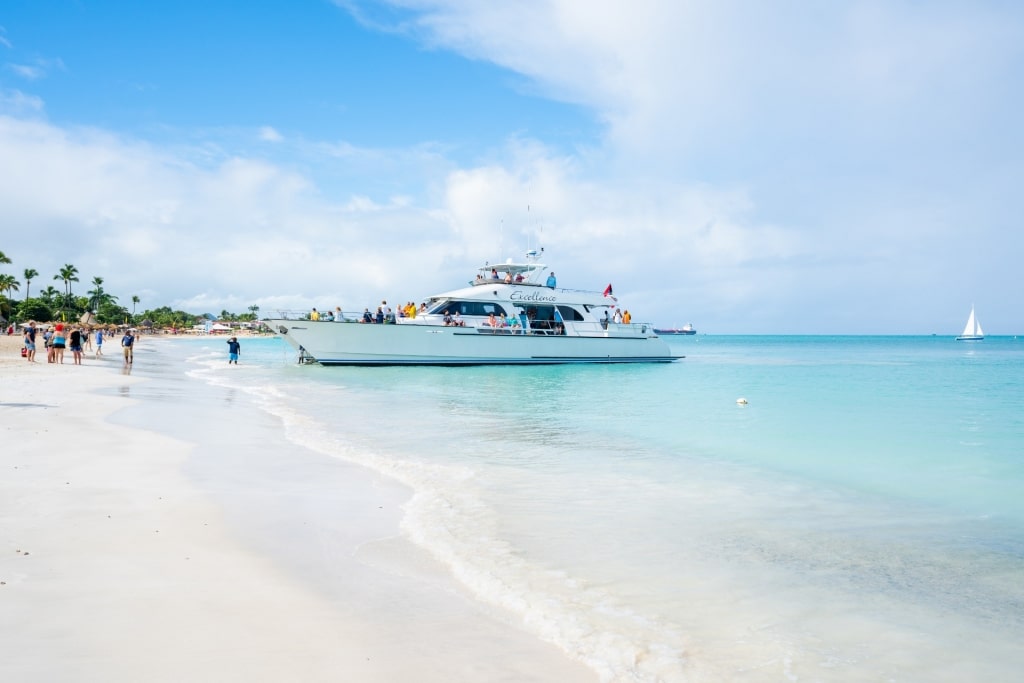
Beach in Antigua
In summer, Antigua experiences its warmest temperatures and increased humidity. June through August temperatures reach highs of 88℉ (31℃), about five degrees higher than during winter, the most temperate season. Average summer temperatures hover around 83℉ (28.3 ℃).
Summer is a great time to enjoy Antigua’s many beaches; the water is a balmy 82.5℉ (28 ℃) and the breezes keep you cool. June brings strong breezes and is the best time to go to Antigua for windsurfing, sailing, and kite surfing.
In July and August, two of the rainier months, precipitation increases but as with many Caribbean islands, rainfall is short-lived and often arrives in the afternoon.
Read: The Ultimate Antigua Food Guide
Fall
Fall is the heart of Antigua’s wet season. In September, the rainiest month, precipitation increases to 5.5 inches (140 mm) with October and November each recording about 5.25 inches (133 mm). As such, the air can feel very humid during these months.
During fall, the rains can be heavy but brief, so there should still be ample beach time. Plan to visit the Museum of Antigua and Barbuda, or explore the shops in St. John’s, the island’s capital.
Winter
The winter season, December, January, and February, is the best time to visit Antigua. This is the heart of the island’s dry season that begins in mid-December when rains lessen from fall’s highs.
Winter brings the island’s most comfortable temperatures with lows of about 72℉ 22℃) to highs of 83℉ (28.3℃). Take advantage of the moderate temperatures to be active outdoors. Swim and snorkel in Antigua’s turquoise waters, explore Nelson’s Dockyard, a UNESCO World Heritage Site, and glide through the treetops on a zipline.
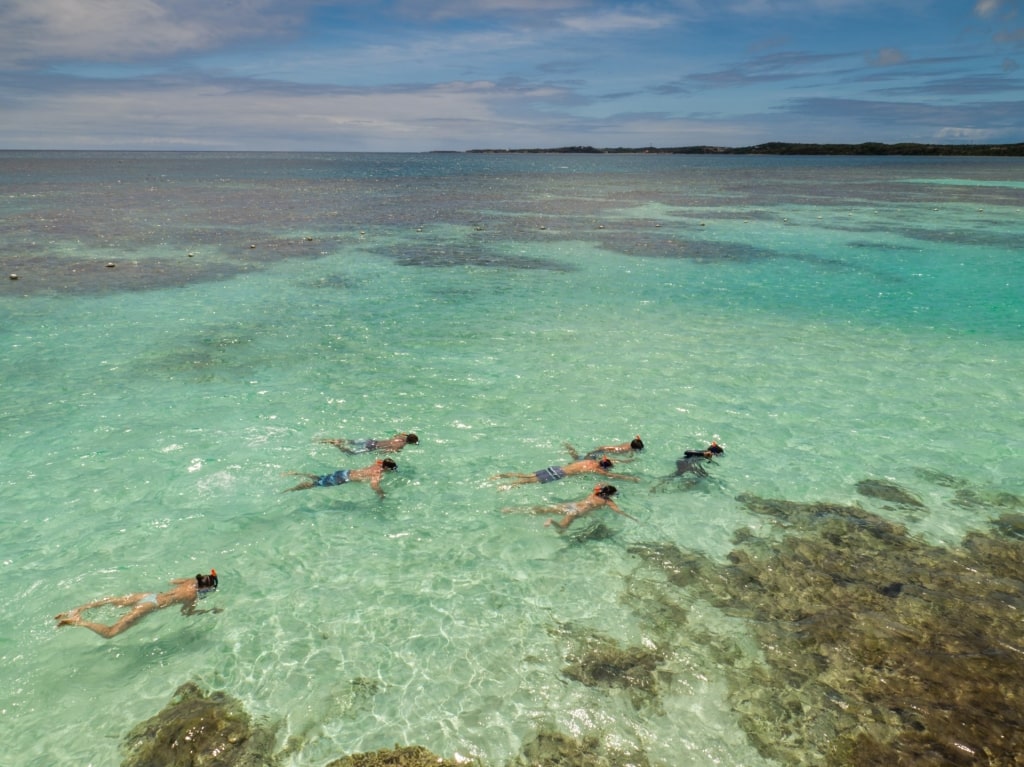
Stingray City
Spring
From March to May, top temperatures range from 86℉ (30℃) with lows averaging 74℉ to 78 ℉ (23 to 25℃). May is the wettest of the spring months, but usually with short, sharp showers in the late afternoon.
Take advantage of the spring winds, which continue into early summer, to learn windsurfing, kiteboarding, and sailing. Antigua’s Sailing Week, one of the Caribbean’s most popular regattas, takes place from the end of April through early May, while Easter brings the Antigua and Barbuda Kite Festival.
When Is Rainy Season?
Antigua’s wet season officially starts in June and continues through November. Be aware that May experiences an average rainfall of 4.5 inches (114 mm), significantly higher than winter’s low rainfall.
From September through November, Antigua averages around 5.25 inches (133 mm) per month. But it’s rare for rain to fall all day long; you should still enjoy some sunshine during these months.
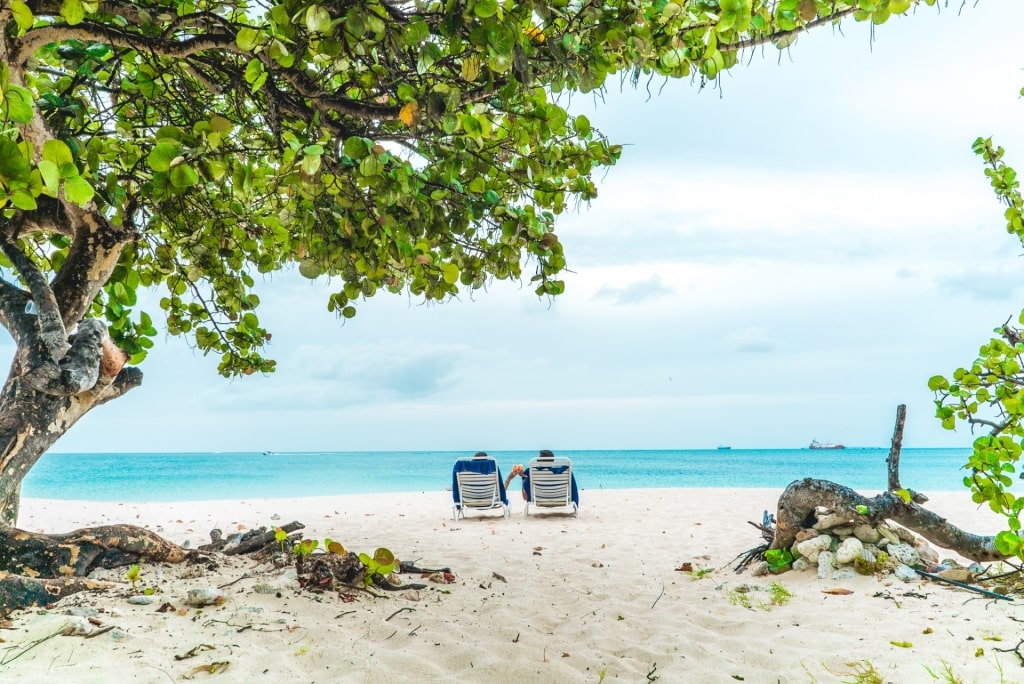
Beach in Antigua
When Is High Season?
The heart of Antigua’s dry season, mid-December through April, corresponds to Antigua’s high season. Christmas and New Year are especially popular times for North Americans and Europeans to escape the cold winters at home.
When Is Shoulder Season?
May, spring’s rainiest month, and early to mid-December before the December holidays can be considered shoulder season.
When Is Low Season?
Low season in Antigua stretches from September through November, the height of the rainy season, when hurricanes may pass through.
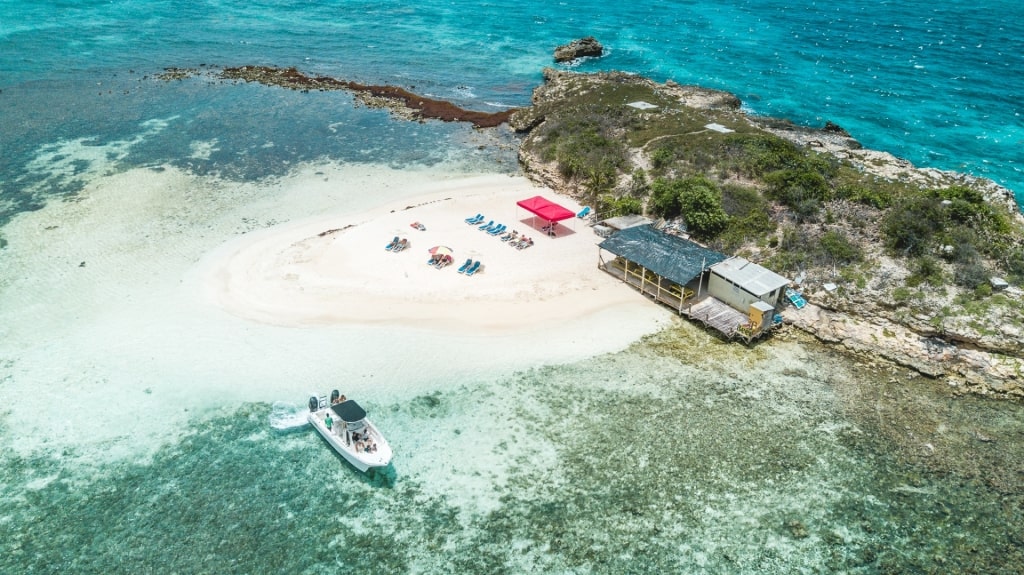
Prickly Pear Island
Interested in visiting Antigua? Browse Celebrity’s cruises to Antigua and book your escape.
